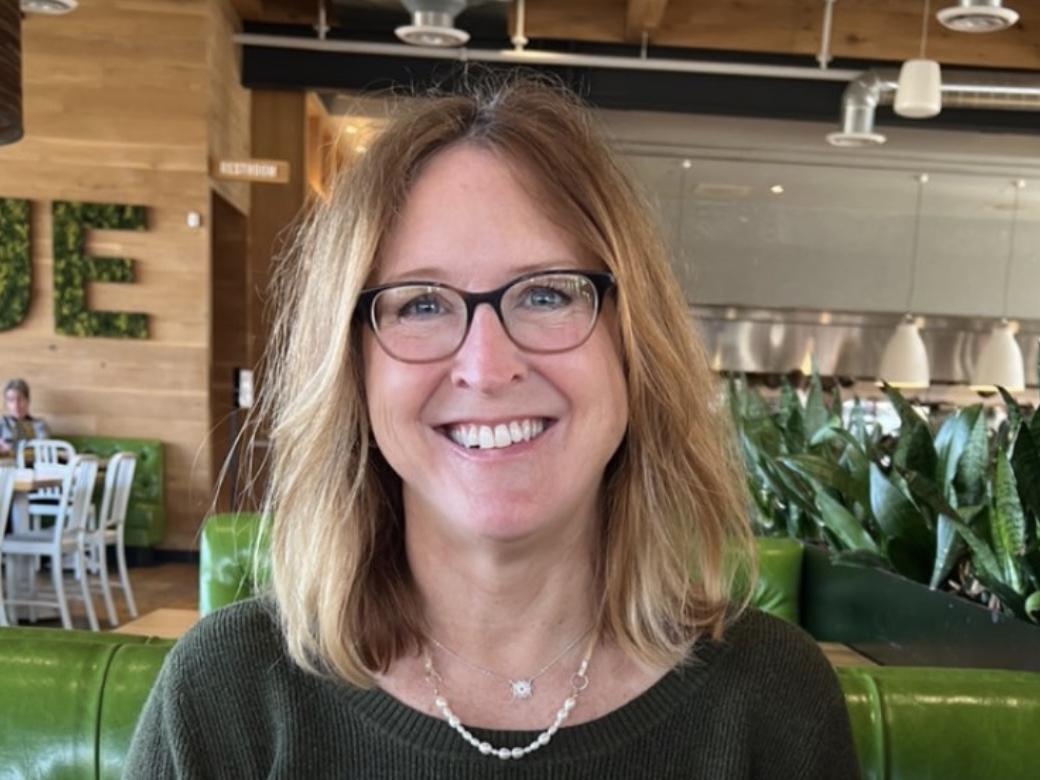
Melanie Paules
Director, Statistical Programming
Takeda
How long have you been volunteering at CDISC?
It has been about 15 years. (It was about two years before SDTMIG v3.1.2 was published with the domains: TU, TR and RS).
What encouraged you to volunteer your time and expertise with CDISC?
I was working as a statistical programmer on the analysis and reporting of oncology clinical trials and I wanted to find ways to be more efficient. I was also interested in learning about the approaches followed at other pharmaceuticals.
How did you begin working in clinical research?
As my first job out of college, I worked at the Hershey Medical Center in the Center for Biostatistics and Epidemiology supporting the physicians who were doing research.
What did you want to be when you grew up?
I didn’t know but I really enjoyed mathematics and science. The people that I saw who worked with math were teachers and I knew that I wanted to find a different path.
Could you explain how the new oncology disease response supplements can help achieve efficient implementation of the CDISC oncology standards?
The SDTMIG TU, TR and RS RECIST v1.1 examples represent a very small subset of disease response data in oncology studies. The new oncology disease response supplements will provide a mechanism to represent more extensive RECIST v1.1 examples and to provide disease response supplements for other criteria such as iRECIST, RANO, Lugano Classification and IMWG. The CDISC Oncology SDS team has developed an extensive amount of new Controlled Terminology which will be presented in context for the CDISC user community.
Please provide a tip that someone would find helpful in working with CDISC Standards .
Attending the webinars and being a CDISC volunteer has really helped me.